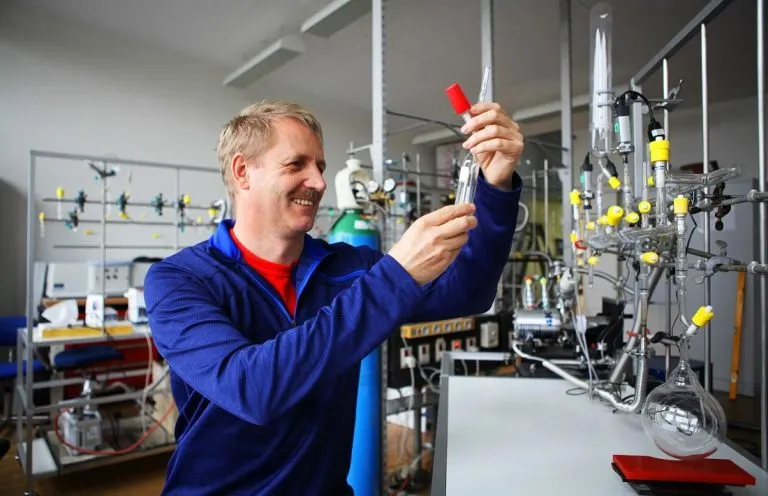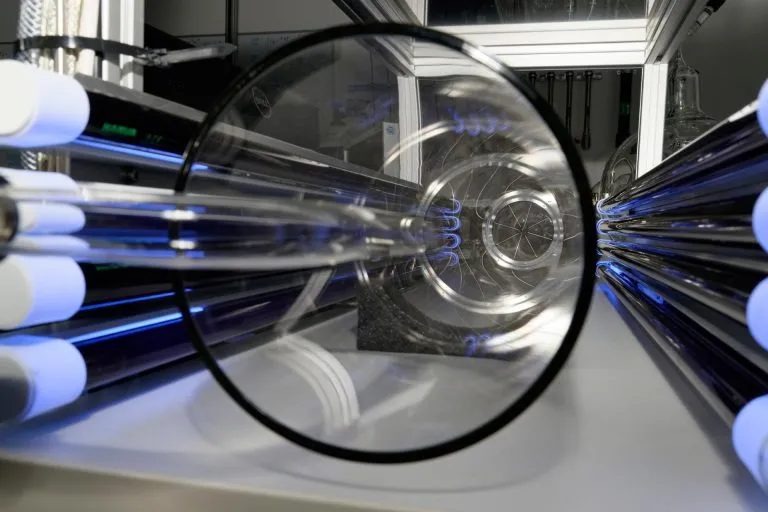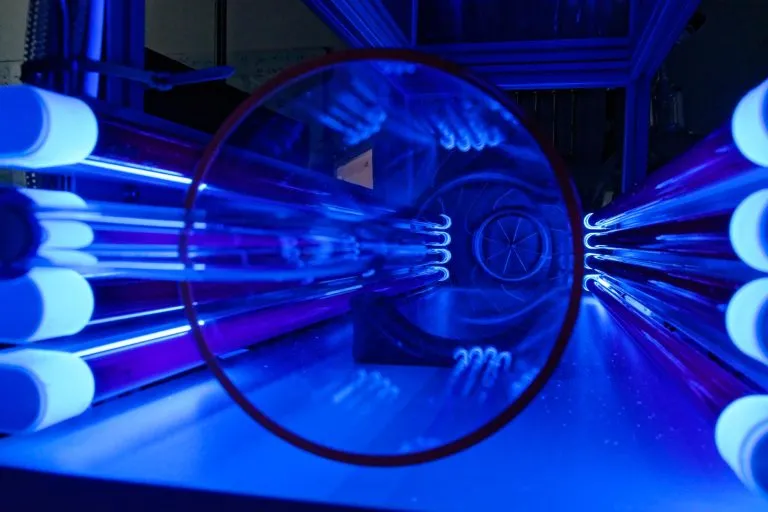Scientists have discovered a new class of super reactive compounds under atmospheric conditions for the first time Scientists at the University of Copenhagen have worked closely with their international counterparts to record the formation of so-called trioxide, an extremely oxidized compound that may affect human health and our global climate.
Hydrogen peroxide is a common compound. Because all peroxides have two oxygen atoms connected, they are highly reactive, often flammable and explosive. They are used for everything from whitening teeth and hair to cleaning wounds and even as rocket fuel. However, peroxides are also present in the air around us.

In recent years, people have been wondering whether trioxide, a compound with three oxygen atoms connected to each other, has been found in the atmosphere, which is more active than peroxide. But until now, it has never been clearly proved.
Professor Henrik grum kJ æ rgaard of the Department of chemistry at the University of Copenhagen said: "this is what we have achieved now." KJ æ rgaard is the senior author of this study, which was published in the famous journal [Science] on May 26( https://www.science.org/doi/10.1126/science.abn6012 ) 》Up.

"This type of compound we have found is unique in its structure, and because they are extremely oxidizing, they are likely to have a series of effects that we have not yet found," he continued
Hydrotrioxides (roooh) are a new class of compounds. Researchers from the University of Copenhagen, together with researchers from the Leibniz tropospheric Institute (Tropos) and the California Institute of Technology (Caltech), have shown that these compounds are formed under atmospheric conditions.
Researchers have also shown that hydrotrioxides are formed during the atmospheric decomposition of several known and widely emitted substances, including isoprene and dimethyl sulfide.
"It is quite significant that we can now show through direct observation that these compounds do form in the atmosphere, that they are surprisingly stable, and that they are formed from almost all the chemicals." "All speculation must stop now," said Chen Jing, a doctoral student in the Department of chemistry and the second author of the study

Hydrotrioxides are formed in the reaction between two types of free radicals. Researchers predict that almost all chemicals will form hydrotrioxides in the atmosphere, and estimate their lifespan from a few minutes to a few hours. This makes them stable enough to react with many other atmospheric compounds.
The research team also strongly suspects that these trioxide can penetrate into the tiny particles in the air, which are called aerosols, pose a health hazard and may lead to respiratory and cardiovascular diseases.
"It is very likely that they will enter the aerosol and form new compounds with new effects there. It is easy to imagine that new substances formed in the aerosol will be harmful if inhaled. However, further investigation is needed to address these potential health effects," said Henrik grum kJ æ rgaard.
Although aerosols also affect climate, they are one of the most difficult things to describe in climate models. According to the researchers, it is likely that hydrotrioxides will affect the amount of aerosols produced.

"As sunlight is reflected and absorbed by aerosols, this affects the heat balance of the earth - that is, the proportion of sunlight absorbed by the earth and sent back to space. When aerosols absorb substances, they will grow and promote the formation of clouds, which will also affect the earth's climate," said EVA R. kJ æ rgaard, co-author and doctoral student.
The researchers hope that the discovery of hydrotrioxides will help us better understand the impact of the chemicals we emit.
"Most human activities lead to the release of chemicals into the atmosphere. Therefore, if we are to be able to predict how our actions will affect the atmosphere in the future, it is important to understand the reactions that determine atmospheric chemistry," said co-author and postdoctoral Kristan h. m ø ller.
However, neither he nor Henrik grum kJ æ rgaard are worried about this new discovery. "These compounds have always existed - we just don't know them. However, we now have evidence that these compounds have formed and survived for a certain period of time, which means that it is possible for us to study their effects more specifically and react when they become dangerous," said Henrik grum kJ æ rgaard.
"This discovery shows that there may be many things in the air that we don't know yet. In fact, the air around us is a huge tangle of complex chemical reactions. As researchers, if we want to better find solutions, we need to keep an open mind," Chen Jing concluded.